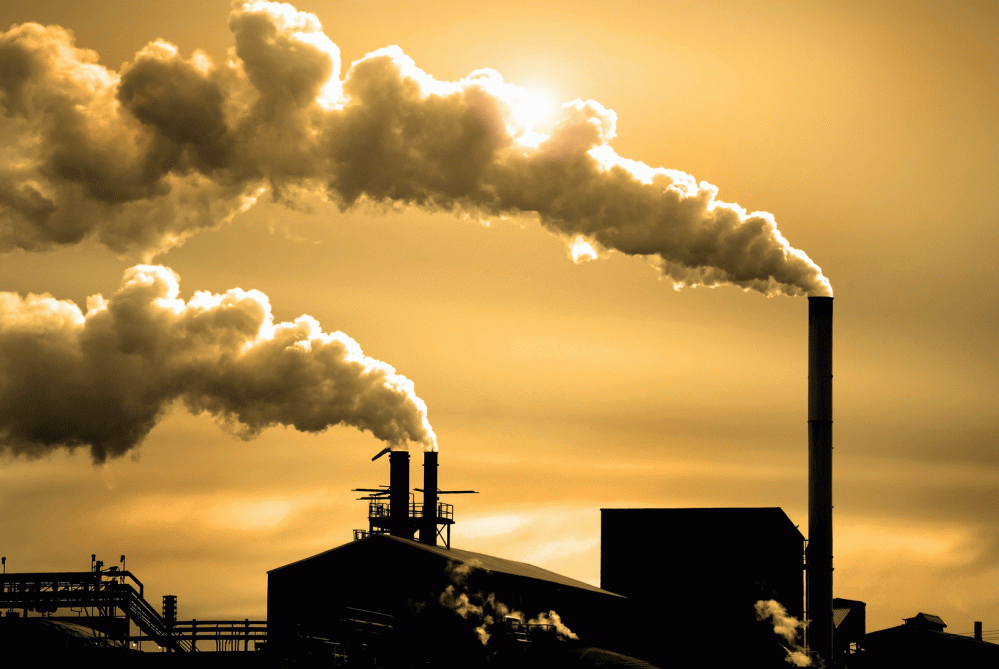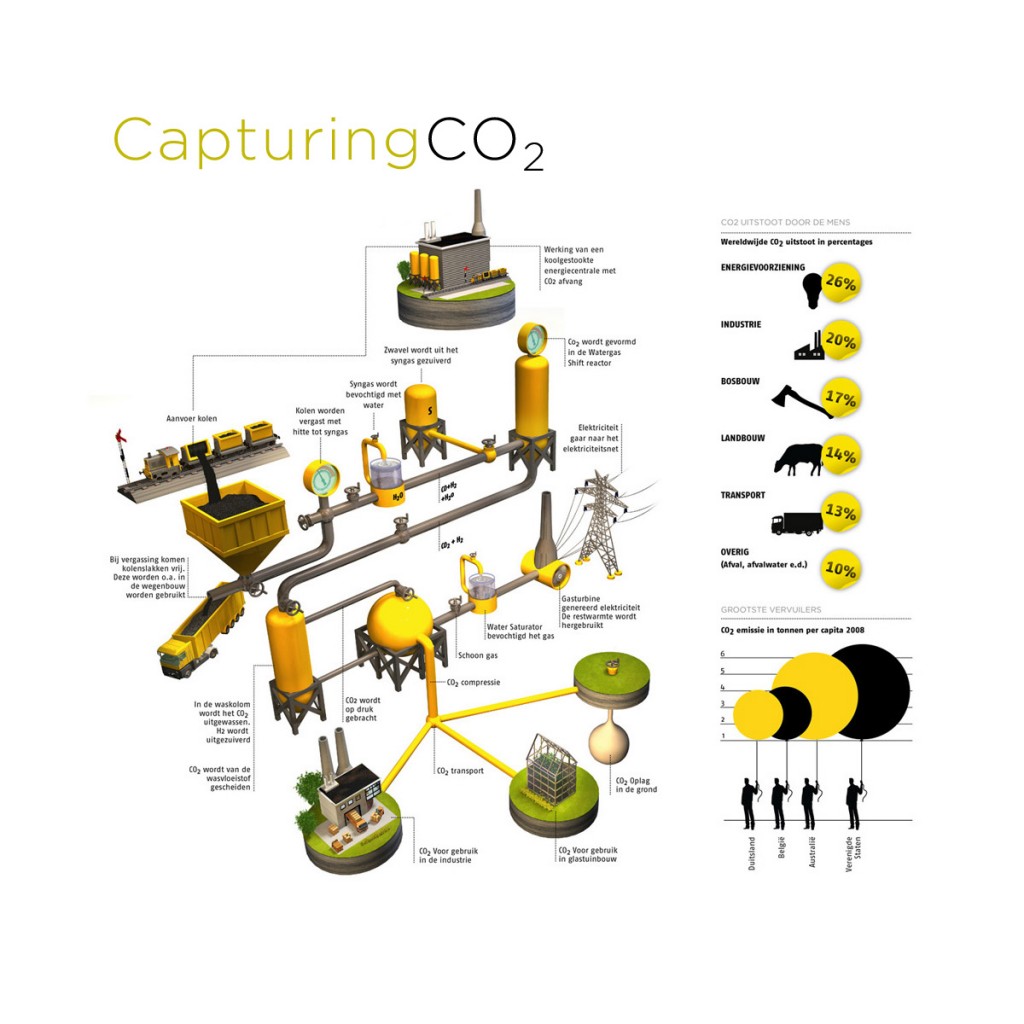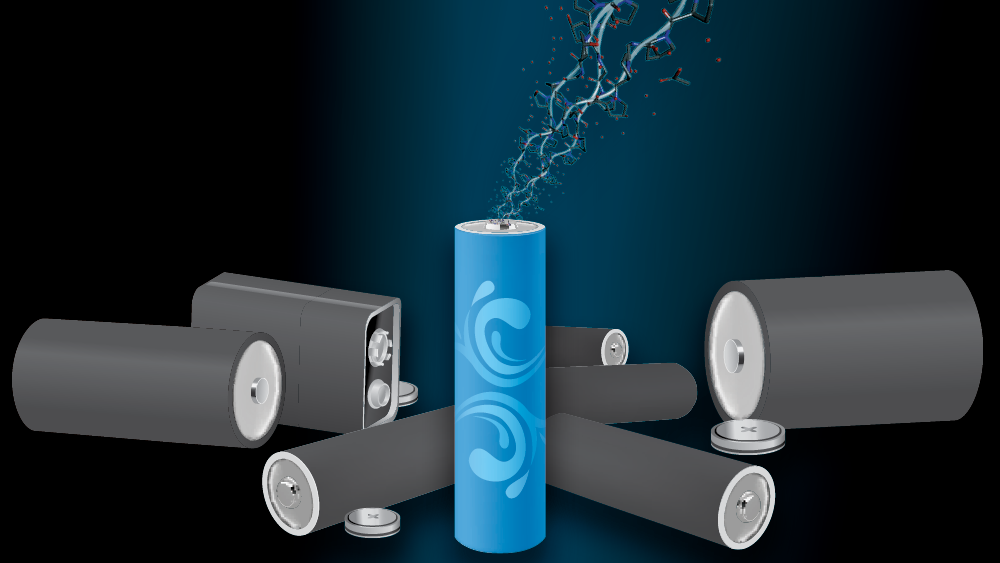Most humans are well aware of the feeling of being drunk and disoriented when they’ve had too much alcohol. Hypercapnia is a physiological condition in which excessive carbon dioxide in the blood stream is caused by inadequate respiration and makes one feel drunk. Researchers at the University of New South Wales believe rising levels of carbon dioxide in ocean water could make fish intoxicated and disoriented. According to lead researcher Ben McNeil, “our results are staggering and have massive implications for global fisheries and marine ecosystems across the planet.” Fortunately, scientists are hard at work devising ways to reduce CO2 concentrations in the air and oceans.
The following video explains hypercapnia:
Mitigation of CO2 Concentration in the Air & Oceans
According to scientists at Britain’s University of Sheffield, melting icebergs in Antarctica are returning iron and other nutrients to the oceans and helping remove atmospheric carbon dioxide from the air. According to Grant Bigg from the Sheffield team, “if giant iceberg calving increases this century as expected, this negative feedback on the carbon cycle may become more important than previously thought.”
In another development related to CO2, researchers at the University of Southern California have developed a technique to convert CO2 in the air to methanol fuel. Scientists had already developed a method to convert CO2 and hydrogen into methane (CH3OH) but the process has been improved with a new catalyst that speeds up the process and is much easier. According to G.K. Surya Prakash, “direct CO2 capture and conversion to methane using molecular hydrogen in the same pot was never achieved before.”
Finally, chemist Stuart Licht of George Washington University has created a method for turning CO2 into manufacturing materials including diamonds and carbon nanotubes. Licht is already renowned for devising new methods to manufacture fertilizer and cement without emitting CO2 into the atmosphere. According to Licht, “we are working toward changing today’s fossil fuels economy into a renewable chemicals economy, replacing the largest greenhouse gas emitters with new, inexpensive, solar CO2-free chemistries.”
The following video explains Stuart Licht’s “One-Pot Synthesis of Carbon Nanofibers from CO2”.
The above research suggests that humans may indeed be able to adjust the level of CO2 concentration in the air in coming decades in a significant way although the jury is still out on the scalability of these types of solutions.
The following video discusses turning CO2 into valuable materials:
The following infographic from Visualoop shows the equipment needed for carbon capture.








